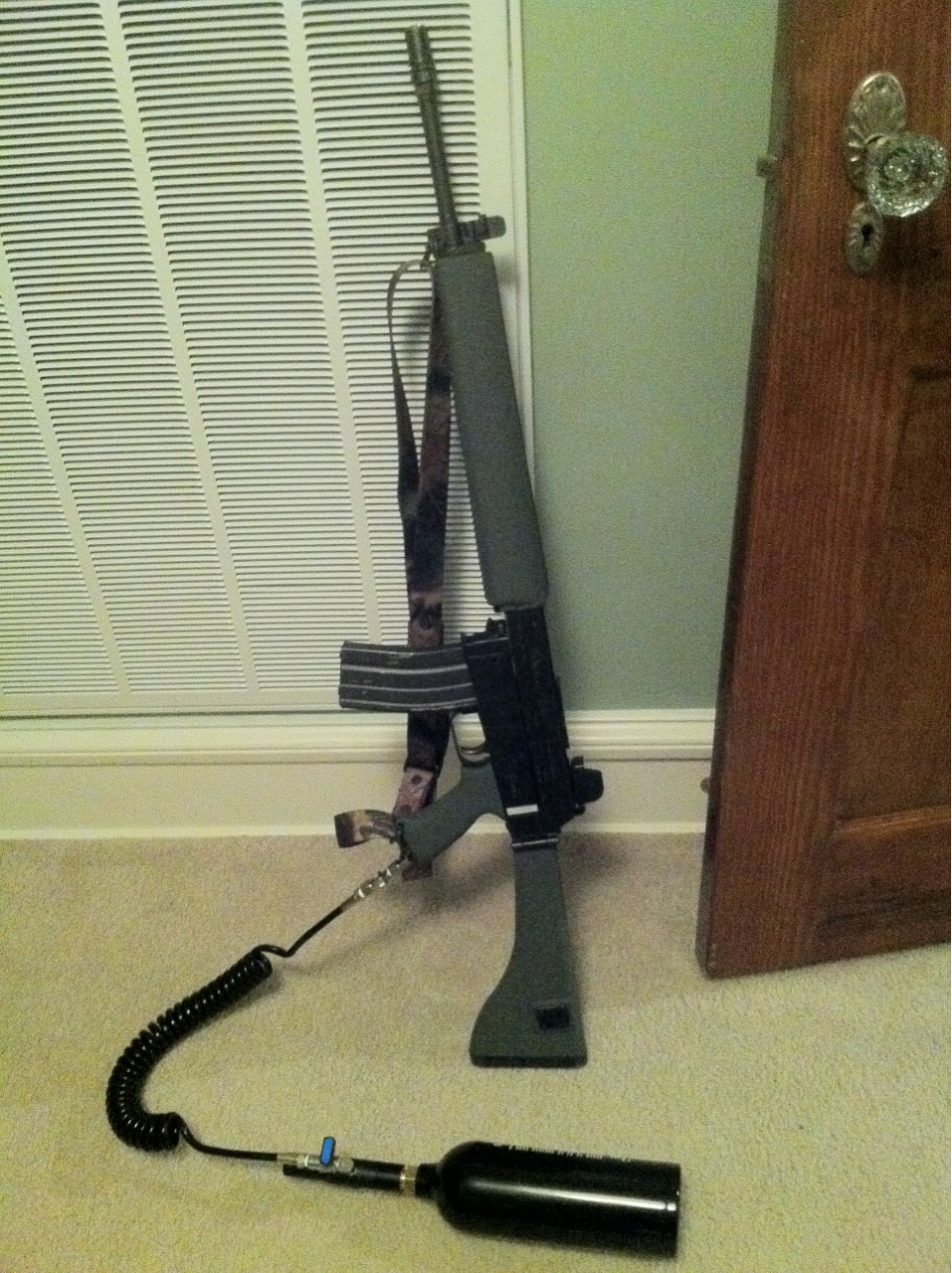
In the realm of military firearms history, few rifles have had a journey as distinct as the ArmaLite AR-18/AR-180.

Originating in the 1960s, the AR-18 was the less recognized relative of the renowned AR-15, which ultimately evolved into the iconic M16—the staple of the United States military.

Despite the AR-18’s limited recognition in the military domain, its design has had a lasting impact on contemporary firearms.

The AR-18, designed after Eugene Stoner’s original AR-15, was envisioned as a more cost-effective alternative that could be produced with stamped and welded steel parts.

Taking the stage in the same year humanity first touched the Moon’s surface, the AR-18 was chambered in 5.56mm NATO and employed a short-stroke gas piston system.

This system later became one of the most reliable setups for modern firearms, facilitating features such as a folding stock—innovative attributes for its time.

Despite these advancements, the AR-18 failed to secure significant military or law enforcement contracts.

According to historical accounts, teething issues, a lack of military-industrial funding, and a scattering of manufacturers with import/export restrictions led to the AR-18 and its semi-automatic variant, the AR-180, fading into near obscurity.

However, as fate would have it, the AR-18’s moment in the spotlight came from an unexpected source.

During the tumultuous period of the Northern Ireland conflict known as “The Troubles,” which flared up in the late 1960s, the Provisional Irish Republican Army (IRA) adopted the AR-18/180 as a symbol of resistance.

The rifle’s ease of use and reputation for reliability made it a favorite among the ranks, even inspiring folk songs and becoming a key element of the “ArmaLite and ballot box strategy” of the 1980s.

Despite its association with the IRA, the AR-18 also saw service in other conflicts, with various national militaries and guerrilla groups.

The design DNA of the AR-18 is evident in several contemporary military rifles, such as the British SA80/L85 bullpup series and Japan’s Howa Type 89. Even today, modern firearms like the SIG MCX and the Model 516 carry forward the AR-18’s design elements, underscoring its robustness and reliability.

Fast forward to recent years, and the once-neglected AR-180 is poised for a resurgence. The Canadian-manufactured WK180-C, a modern iteration bearing a strong resemblance to the AR-180B, embraces the original’s design principles while being compatible with a myriad of AR-15 accessories and parts.

Notably, it maintains the piston operating system of its predecessor and has been met with considerable interest, particularly in the U.S. market, where it’s viewed as unrestricted, unlike in Canada where ownership requires a license.
Relevant articles:
– The AR-180 is poised to make a comeback, Military Times
– The “Other ArmaLite:” The story behind the favourite arm of the Irish Republican Army, warisboring.com
– A Look Back at the ArmaLite AR-18/180, American Rifleman, Aug 9, 2018
